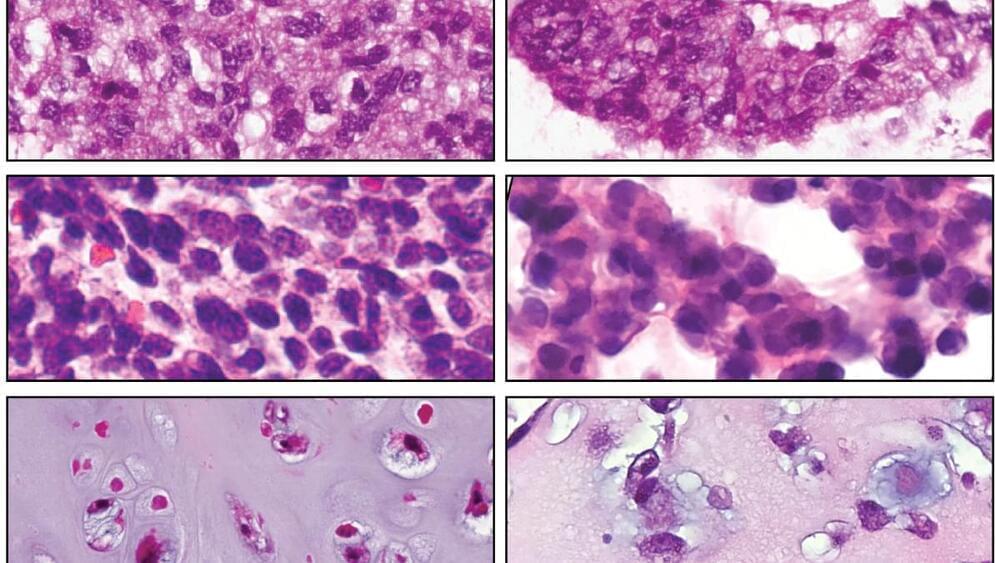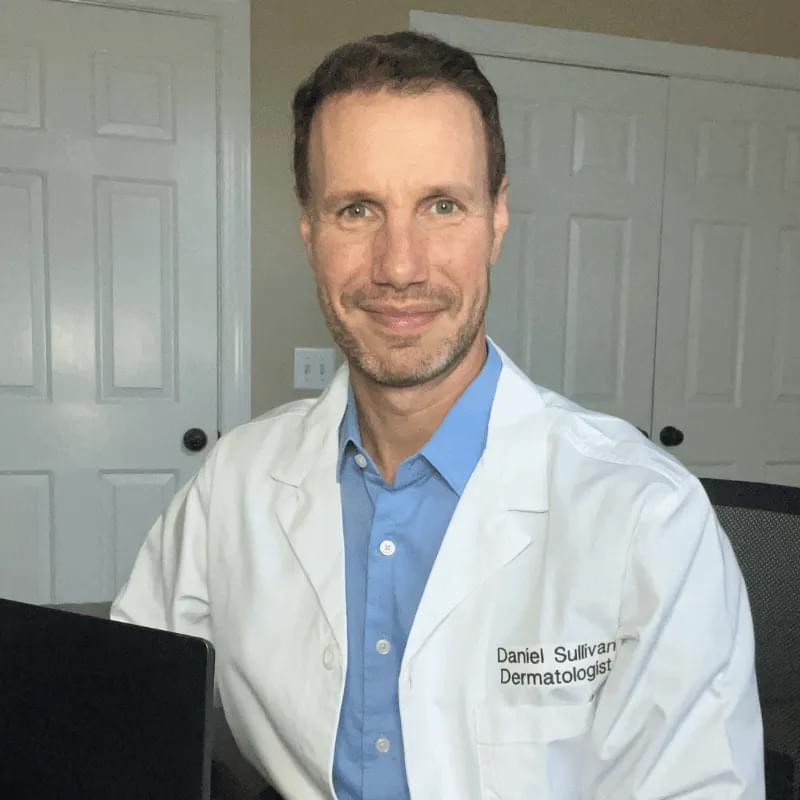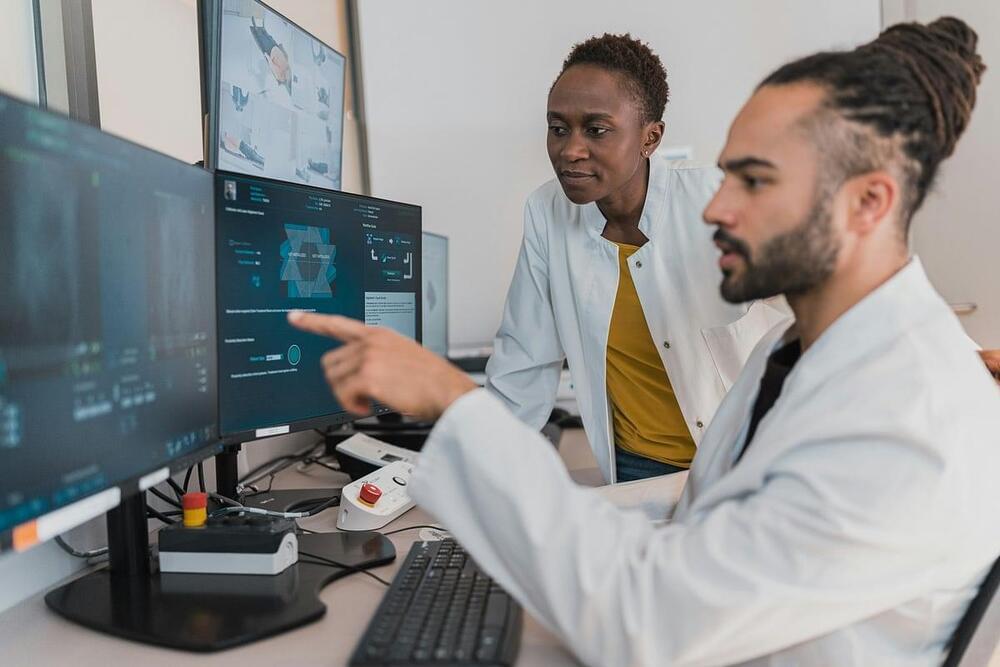Dec 28, 2024
NASA’s Parker Solar Probe Survives Fiery Sun Flyby at 430,000 MPH
Posted by Saúl Morales Rodriguéz in categories: health, space
Racing closer to the Sun than ever before, the Parker Solar Probe is unlocking the secrets of our solar system’s fiery heart.
NASAs Parker Solar Probe has successfully transmitted a beacon signal back to Earth, confirming it is in good health and functioning normally after its record-breaking close approach to the Sun.
The mission operations team at Johns Hopkins Applied Physics Laboratory (APL) in Laurel, Maryland, received the signal just before midnight EST on December 26. During its closest approach on December 24, the spacecraft traveled at an astonishing 430,000 miles per hour and came within 3.8 million miles of the Sun’s surface, making it the closest any human-made object has ever been to our star.

















